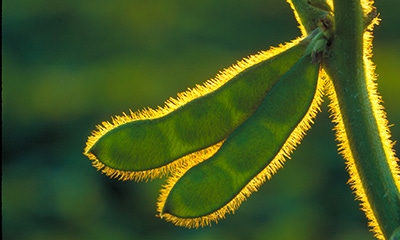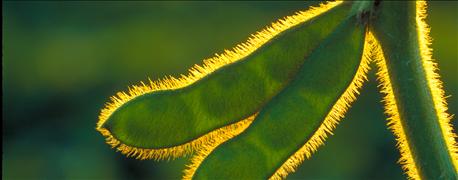March 29, 2016

University of Minnesota entomologists are looking for soybean farmers to collaborate with them on a study about insecticidal seed treatments and the possible impacts on beneficial parasitic wasps.
They are looking for farmers who will let them monitor populations of soybean aphids and parasitic wasps in soybean fields planted with insecticide-treated and untreated seeds.
Parasitic wasps are an important part of aphid pest control because they feed on aphids and only on aphids, scientists say. The tiny stingless wasps pose no risk to humans or livestock, and no risk to anything other than aphids.

U-M researchers ask for growers to help with soybean study
Parasitic wasps are imported for biological control programs to reduce pest insects and current regulations require years of research to ensure the risks of adverse consequences are minimal. By monitoring wasps and aphids in treated and untreated fields, researchers will learn about their seasonal population patterns and the effect of insecticide seed treatments on the natural enemies of aphids.
Adult female parasitic wasps inject eggs inside aphids. Larvae that hatch from the eggs devour the aphids from within, and then make cocoons inside the dead aphids, which are called aphid ‘mummies.’ The next generation of adult wasps emerges from the tan-to-black mummies. When managing soybean aphid, use of scouting and the economic threshold of 250 aphids per plant will help reduce insecticide inputs and conserve these aphid-killing wasps.
In 2005, researchers report that a successful parasitoid of soybean aphid was found in North America. By 2011, this Asian wasp, Aphelinus certus, was located in Minnesota.
U-M researchers studied and released a close relative near the Twin Cities, Aphelinus glycinis, in a biological control program with the hopes of providing better aphid control with fewer ecological concerns.
A third parasitic wasp, Lysiphlebus testaceipes, which is a North American native species, also began feeding on soybean aphids, too, scientists say.
To determine the extent of these and other parasitic wasp species in different regions of Minnesota, U-M scientists and the Minnesota Department of Agriculture will continue to conduct surveys throughout the region. Learn more about previous research.
Farmers interested in participating in the study this season are asked to contact Jonathan Dregni, U-M scientist, at [email protected] or 651-207-3539.
You May Also Like




